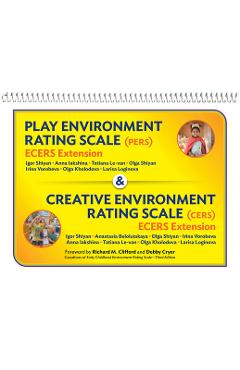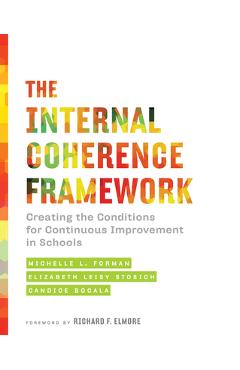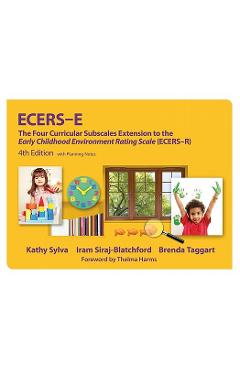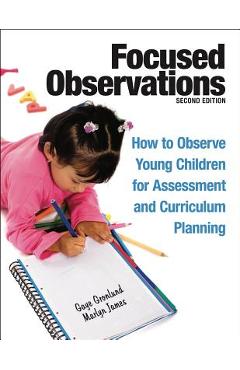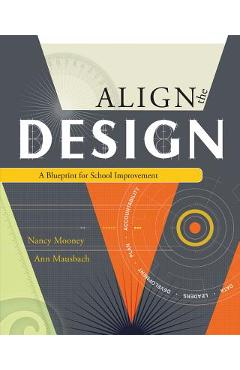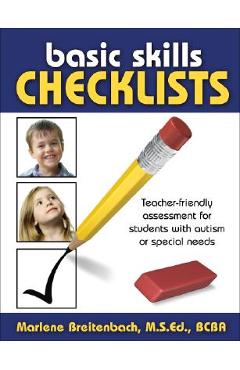A Guide to Analyzing and Interpreting Ecers-3 Data
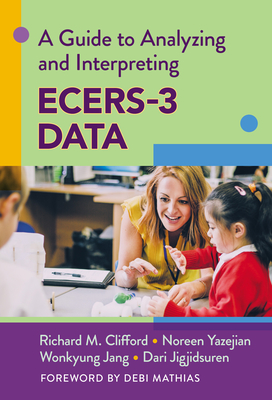
A Guide to Analyzing and Interpreting Ecers-3 Data
Early childhood is a crucial stage in a child's life, and aspects of the environment in the physical, social-emotional, cognitive, and health and safety domains all play important roles in shaping children's development during these early years. Having a valid and reliable measure of the quality of these aspects of children's care settings is critical. The Early Childhood Environment Rating Scale(R) (ECERS-3) is the leading research-based instrument for examining these influential global factors that directly impact children in early childhood environments.
In this new guide, readers will find an in-depth description of both the conceptual model underlying the ECERS-3 and innovative ways of analyzing data for a fuller understanding of what can be done with the scale and why it is integral to the evaluation of early care and education. The authors analyze a large database of classroom observations to help ECERS-3 users better understand, interpret, and utilize their own findings. Readers will also see how components of their ECERS-3 data relate to one another, within and across subscales, and within the scale as a whole.
A Guide to Analyzing and Interpreting ECERS-3 Data will assist program directors, agency administrators, preK-K teaching coaches/mentors, school principals, researchers, and others who use the ECERS-3 to more successfully document, interpret, and analyze the quality of essential influential factors in an early learning setting. This resource will help guide program improvement initiatives with insight into what is needed for children's development and learning.
Book Features:
- Provides a framework for thinking about how early childhood care and education learning environments fit into the larger picture of influences on children's development.
- Presents a theory of change that combines understanding how children learn and develop with how early education and care affect long-term outcomes.
- Analyzes what ECERS-3 data looks like for a large sample of classrooms and by different child and teacher characteristics.
- Includes full color tables and figures illuminating the data analysis of the classroom observations.
PRP: 313.64 Lei
Acesta este Pretul Recomandat de Producator. Pretul de vanzare al produsului este afisat mai jos.
282.28Lei
282.28Lei
313.64 LeiLivrare in 2-4 saptamani
Descrierea produsului
Early childhood is a crucial stage in a child's life, and aspects of the environment in the physical, social-emotional, cognitive, and health and safety domains all play important roles in shaping children's development during these early years. Having a valid and reliable measure of the quality of these aspects of children's care settings is critical. The Early Childhood Environment Rating Scale(R) (ECERS-3) is the leading research-based instrument for examining these influential global factors that directly impact children in early childhood environments.
In this new guide, readers will find an in-depth description of both the conceptual model underlying the ECERS-3 and innovative ways of analyzing data for a fuller understanding of what can be done with the scale and why it is integral to the evaluation of early care and education. The authors analyze a large database of classroom observations to help ECERS-3 users better understand, interpret, and utilize their own findings. Readers will also see how components of their ECERS-3 data relate to one another, within and across subscales, and within the scale as a whole.
A Guide to Analyzing and Interpreting ECERS-3 Data will assist program directors, agency administrators, preK-K teaching coaches/mentors, school principals, researchers, and others who use the ECERS-3 to more successfully document, interpret, and analyze the quality of essential influential factors in an early learning setting. This resource will help guide program improvement initiatives with insight into what is needed for children's development and learning.
Book Features:
- Provides a framework for thinking about how early childhood care and education learning environments fit into the larger picture of influences on children's development.
- Presents a theory of change that combines understanding how children learn and develop with how early education and care affect long-term outcomes.
- Analyzes what ECERS-3 data looks like for a large sample of classrooms and by different child and teacher characteristics.
- Includes full color tables and figures illuminating the data analysis of the classroom observations.
Detaliile produsului









